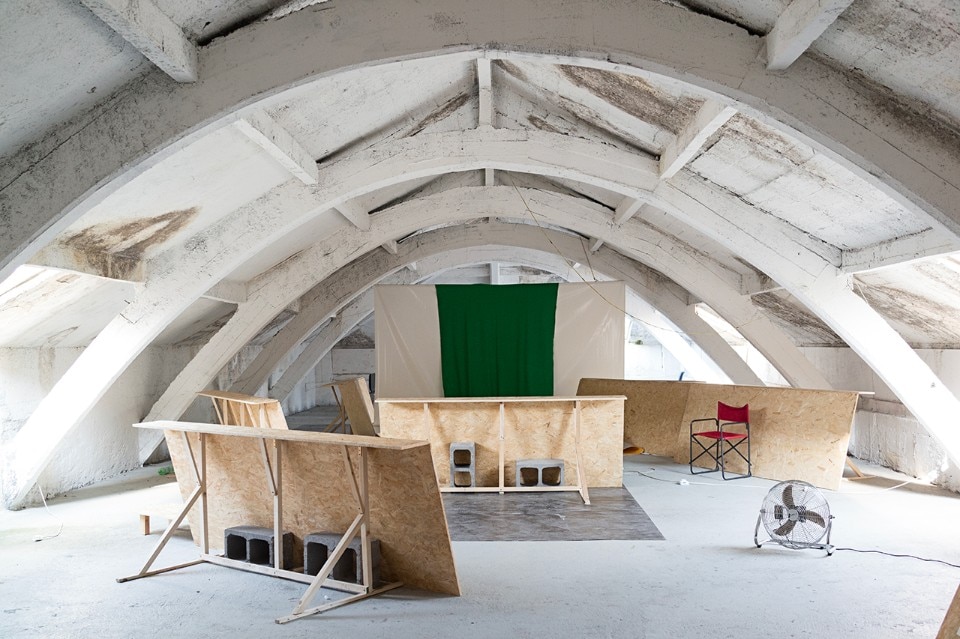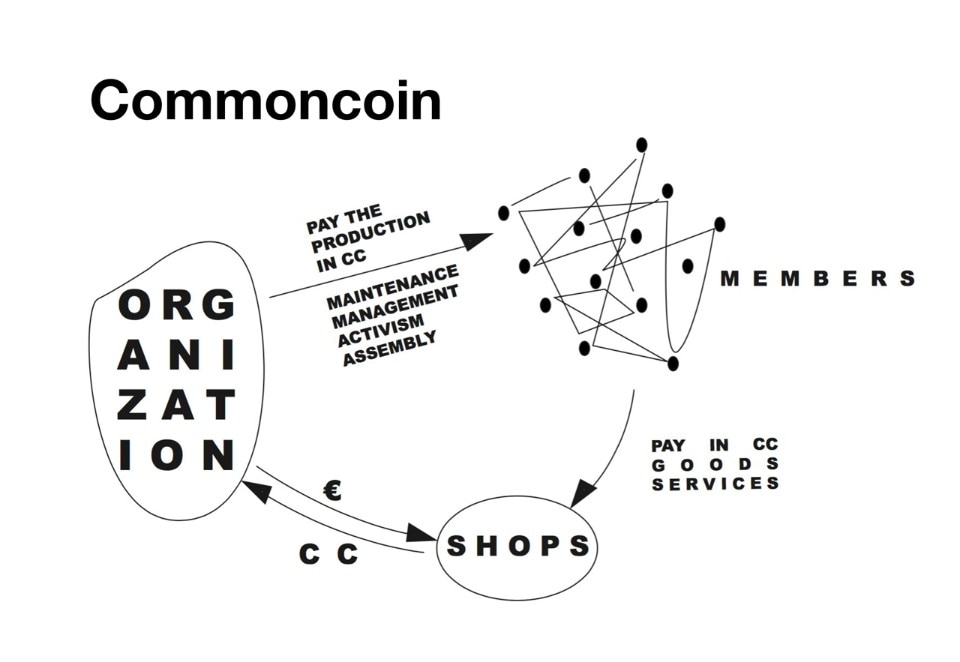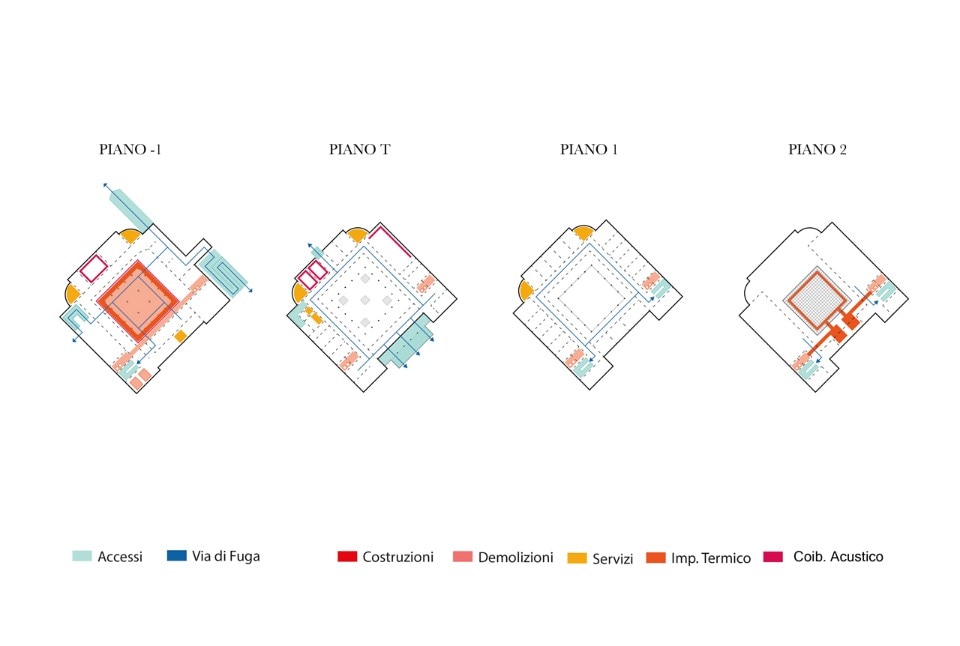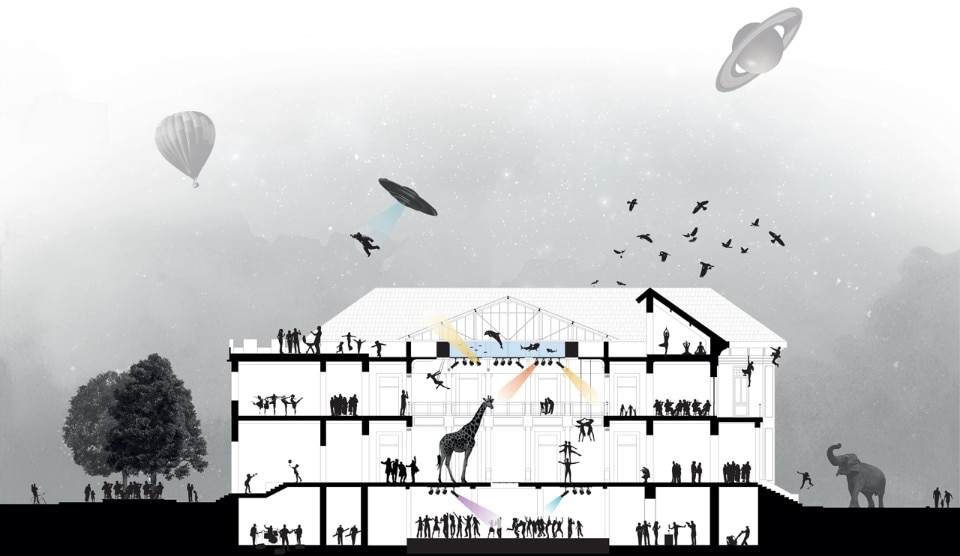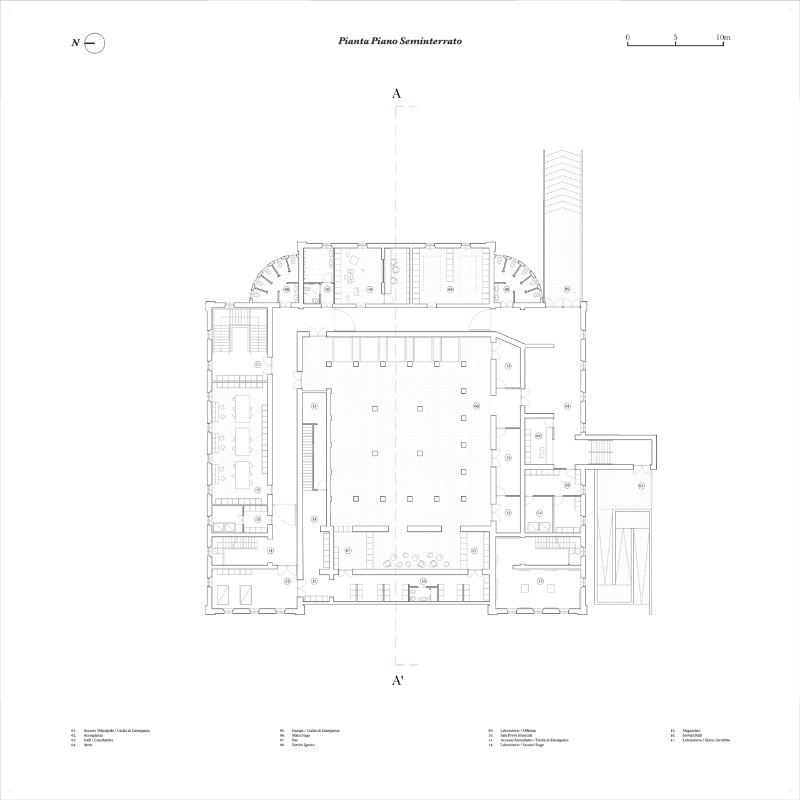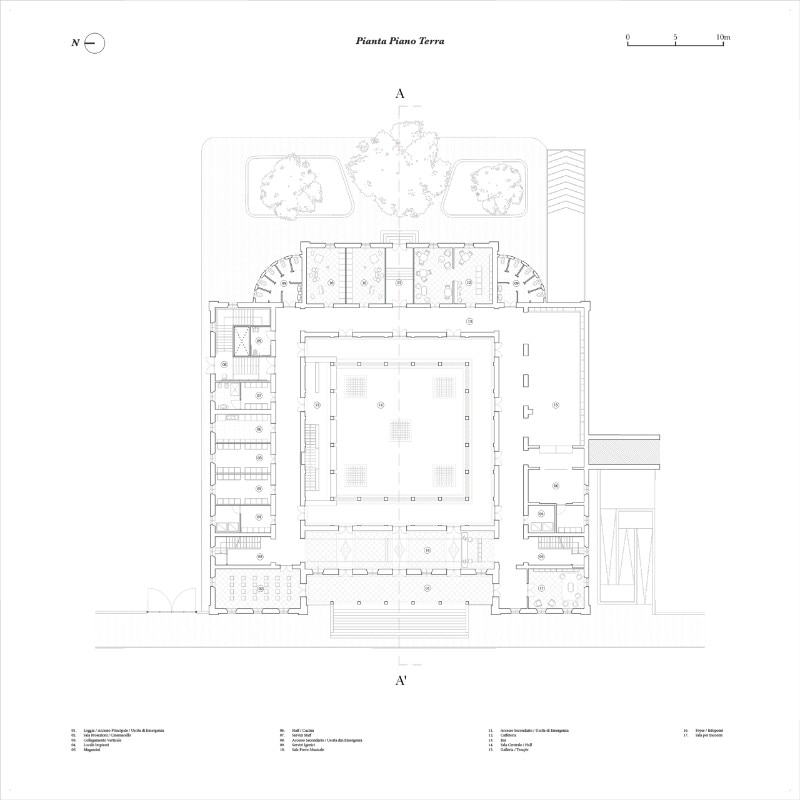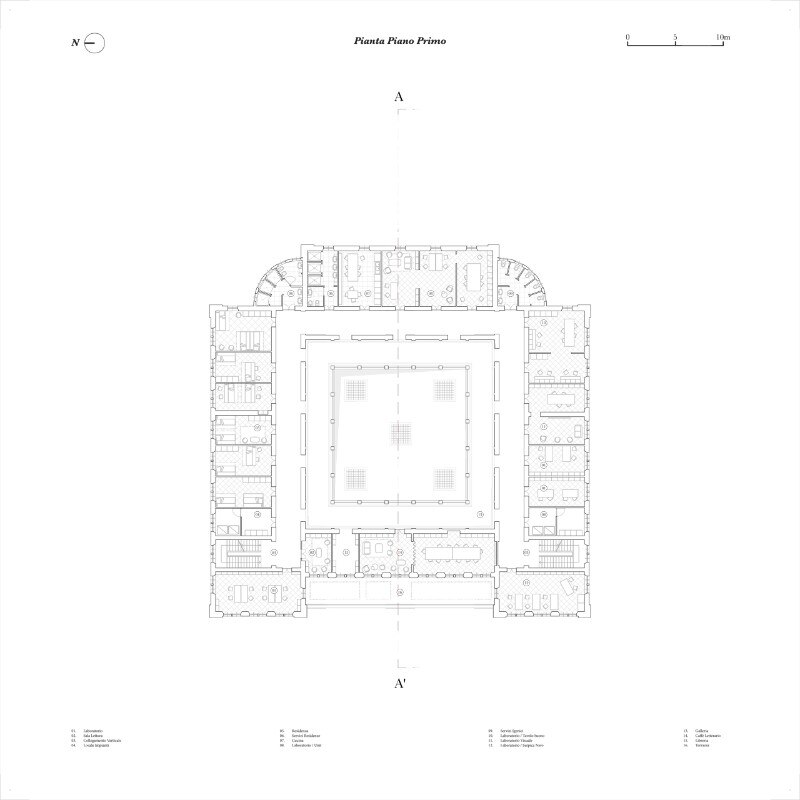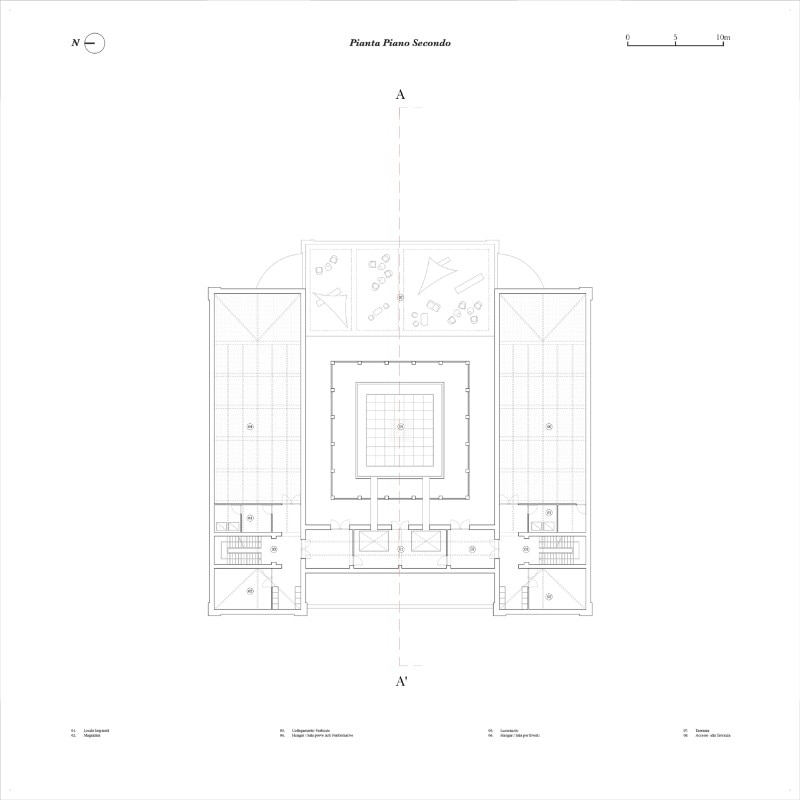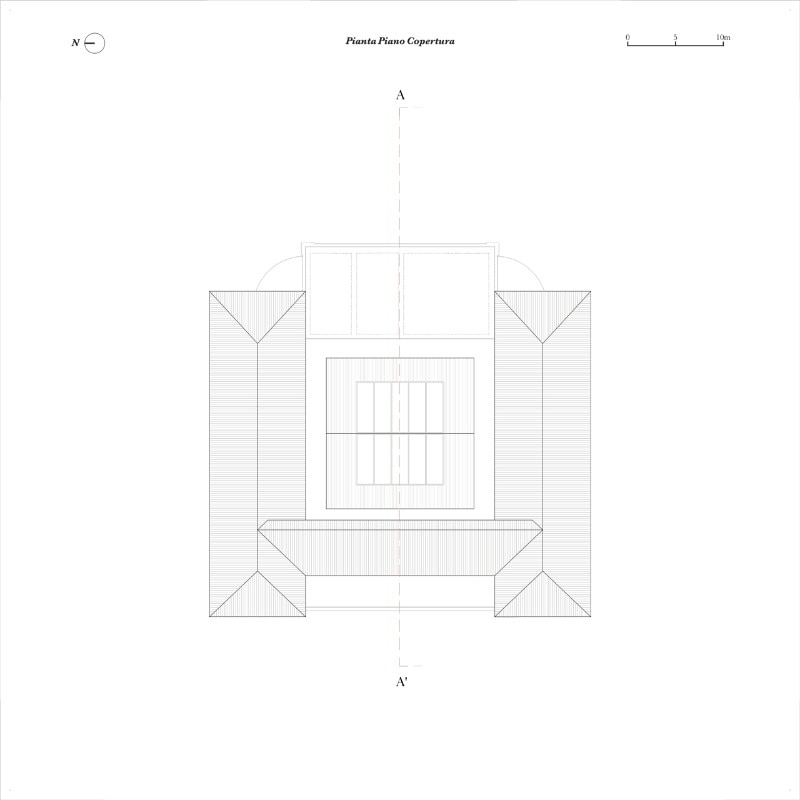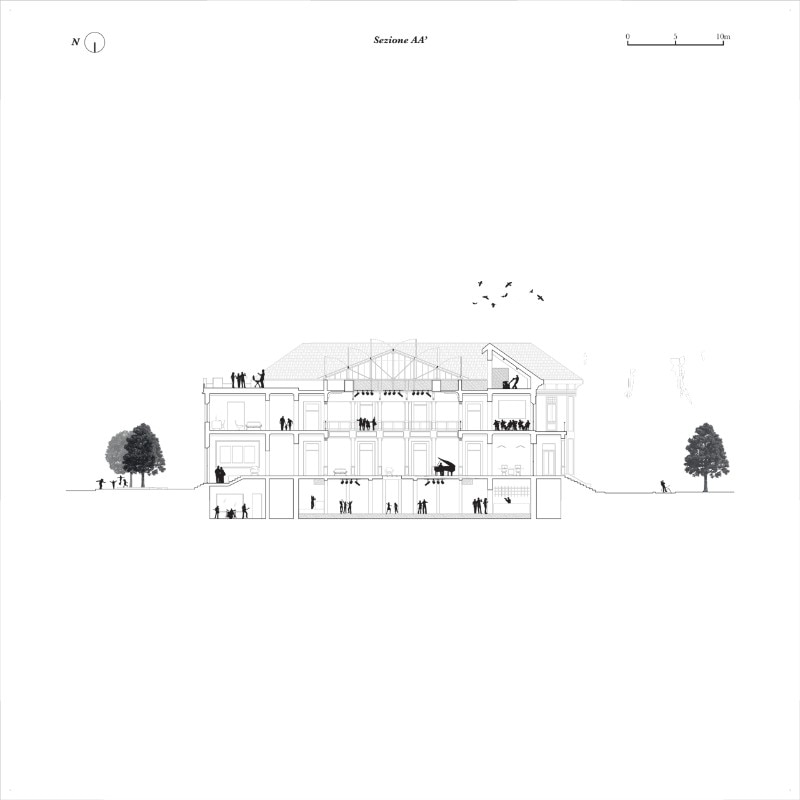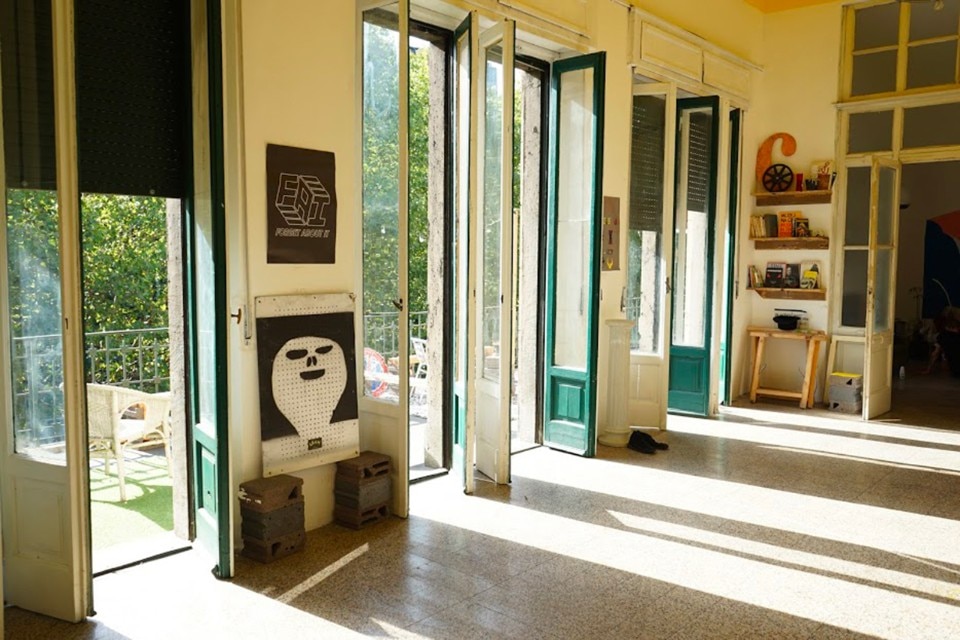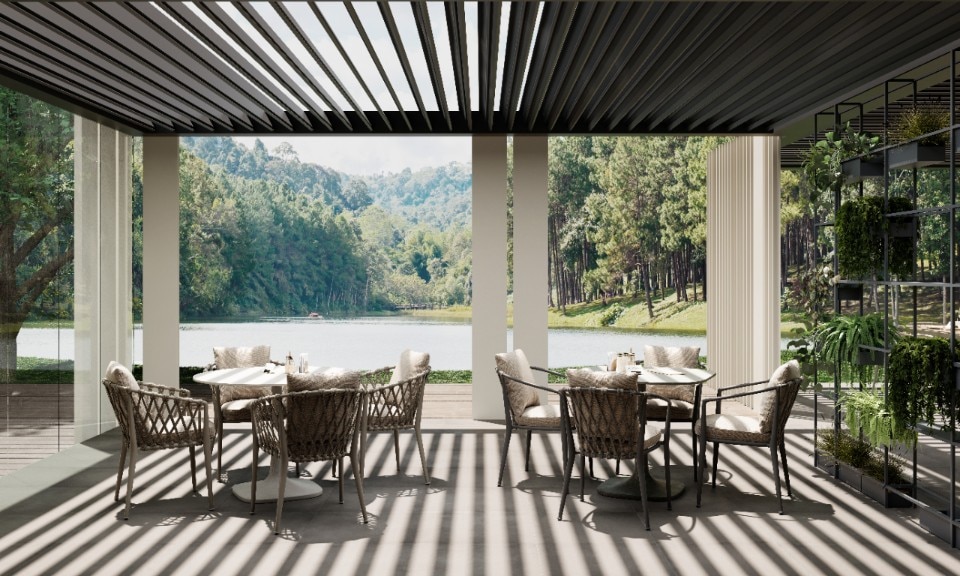
This system turns the outdoors into a custom experience
A fully configurable structure, designed to blend seamlessly into the natural landscape while providing shelter from sun, wind, and rain.
It exists - it’s called CODE.
- Sponsored content
“Which architecture project can translate the needs and visions of a porous ‘new institution’ in constant transformation? In the formalisation process, how can horizontal and inclusive management – one that doesn’t distort a model based on openness and sharing – be maintained?” On Friday, 12 January 2018 the refurbishment project of the art nouveau building hosting the Macao culture centre was presented to the public. With a holistic approach, the Archimacao architects, in collaboration with two groups of students and graduates from the Bocconi University and the Polytechnic in Milan, reinterpreted the form of the New Centre for Arts, Culture and Research, in its delicate transition from occupied space to recognised institution. Macao’s objective is not only to reclaim spaces that have been abandoned for years but also to reflect on the function of a cultural institution in today’s world.
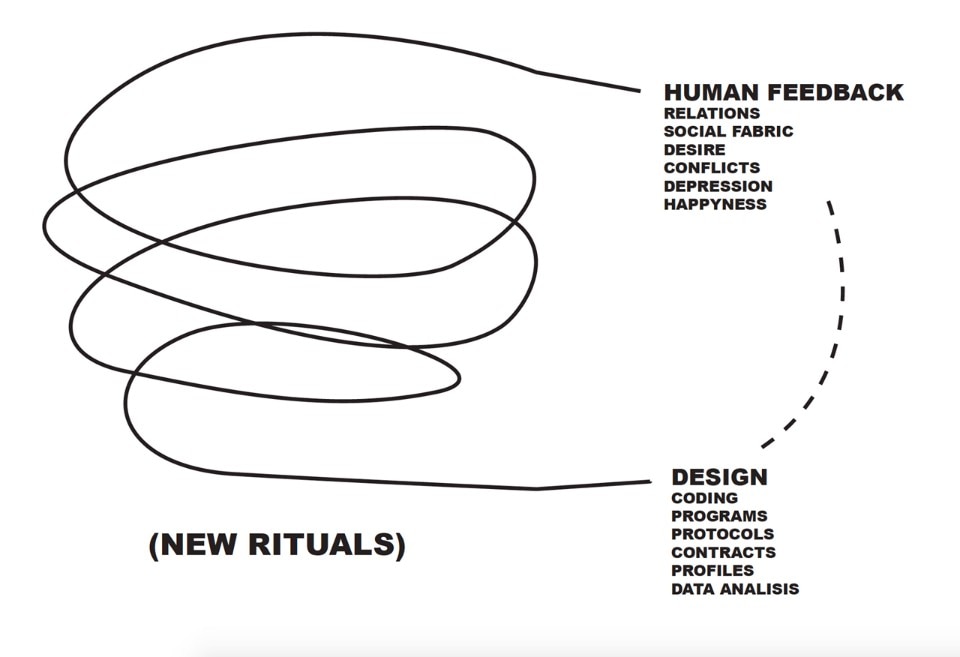
 View gallery
View gallery
Built between 1912 and 1924, the building is part of the former slaughterhouse area of Milan and once hosted the “Borsa delle Carni” (where meat prices were negotiated). The deregulation of this sector in the 1980s led to the abandonment of an area of over 130,000 square metres. In 2012, after having occupied (and got kicked out) other prestigious buildings in ruins like the Torre Galfa and Palazzo Citterio, Macao began reactivating and bringing life back to this area, which today is at its peak.
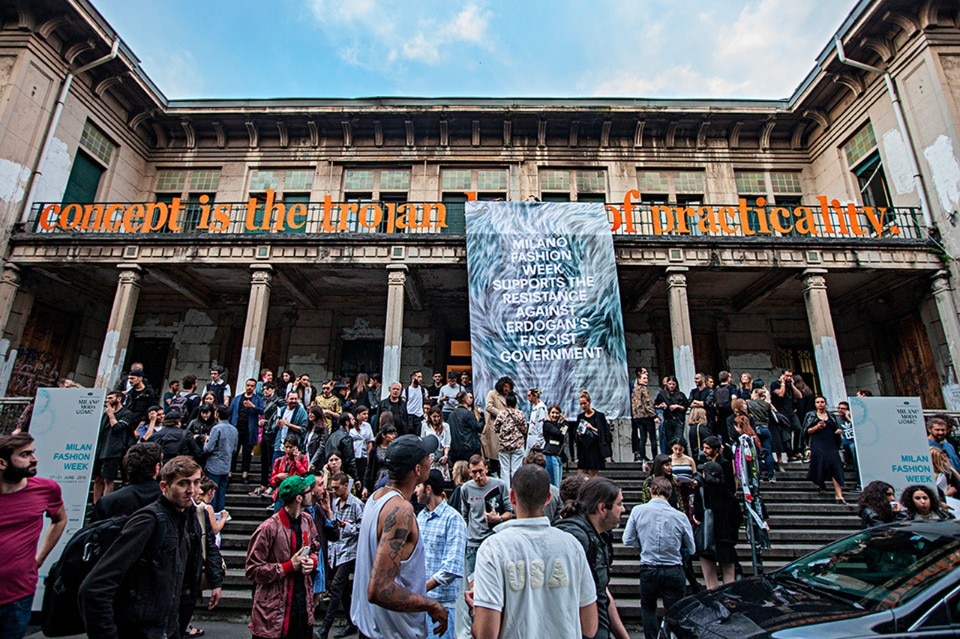
The project presented is almost “invisible” and attempts to have as little impact as possible on the valuable existing structure. Rather than being immediately identifiable with a powerful aesthetic, the intervention is conceived as an infrastructure open to forthcoming transformations, by those who will occupy the space in the future. The main area with double-height ceilings will remain intact and is seen as a covered square with a pool on top. A video-installation depicted the extravagant idea of actually installing a pool in the central skylight, to resolve soundproofing issues. Moreover, the ephemeral work enhances one of the location’s most precious elements that surely all members of Macao adore. The ring of surrounding spaces will be set aside for associative activities and workshops, while the basement will host “noisier” projects like a disco or carpenter’s workshop.
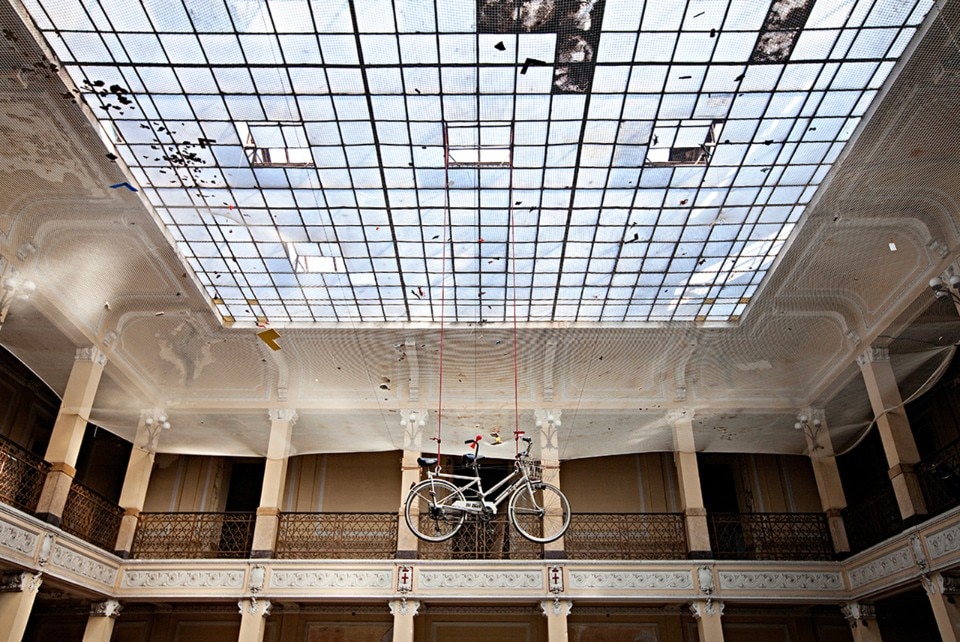
 View gallery
View gallery

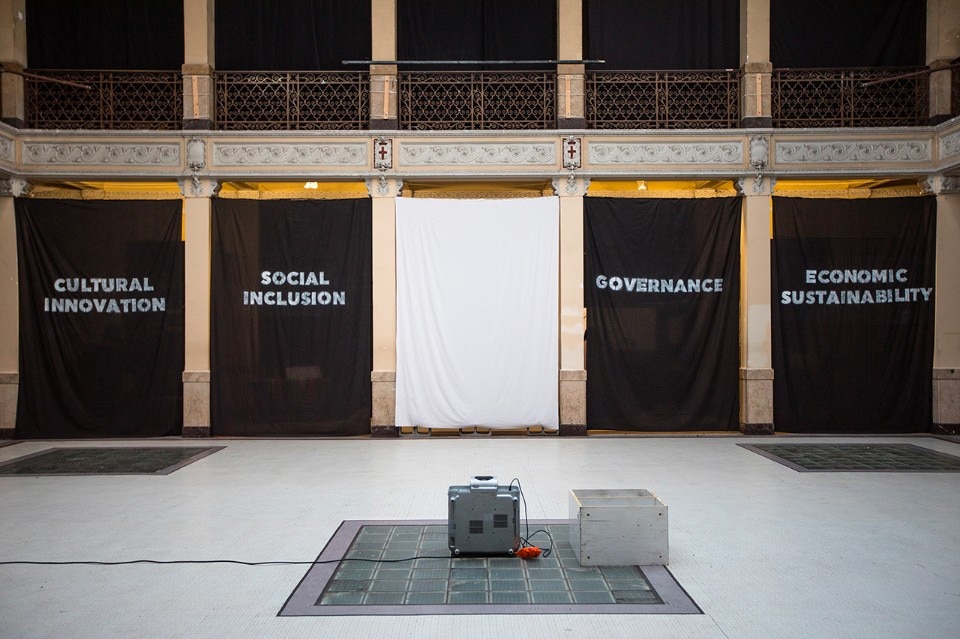
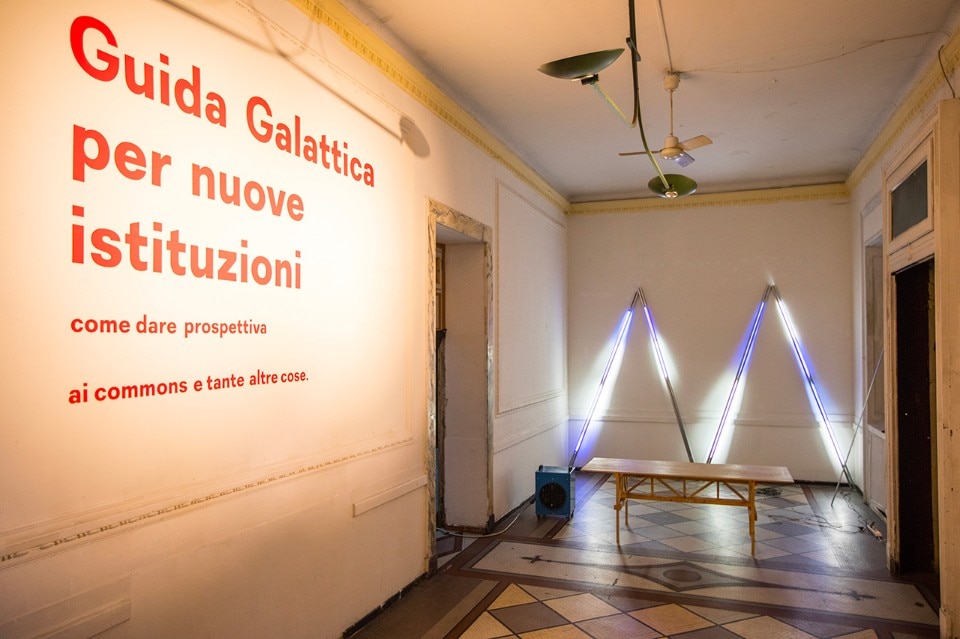
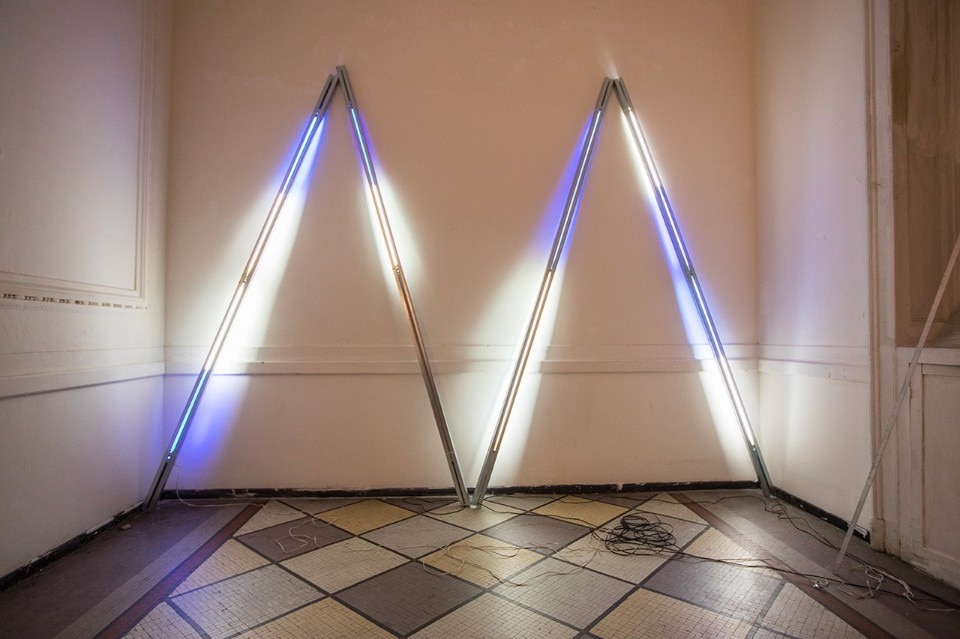
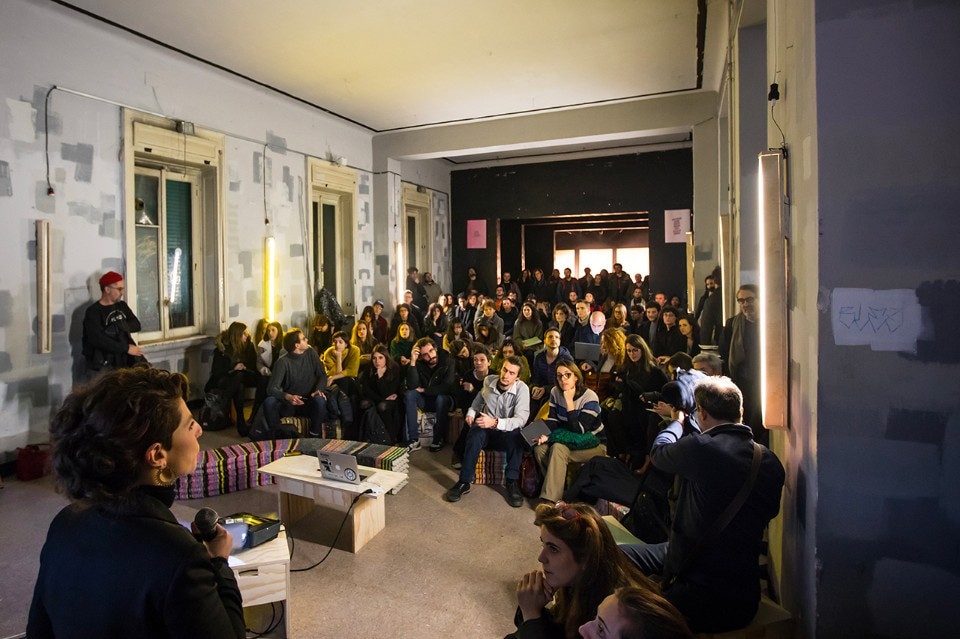
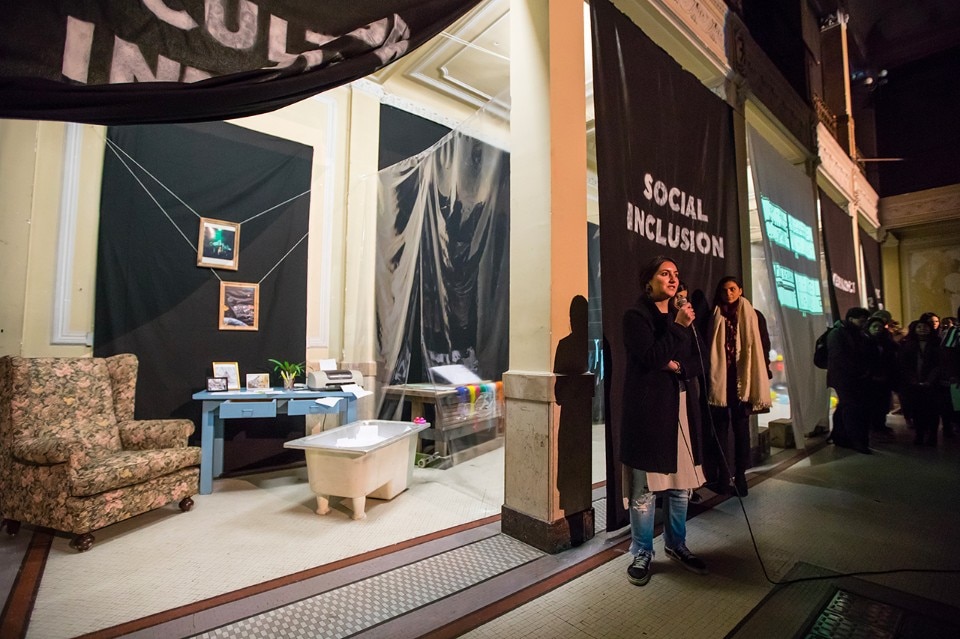
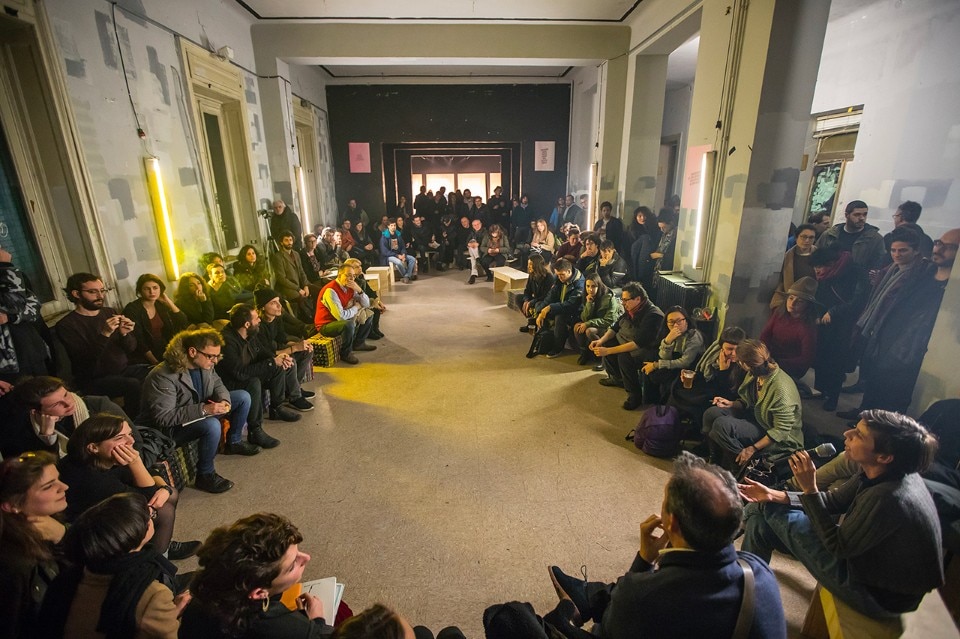
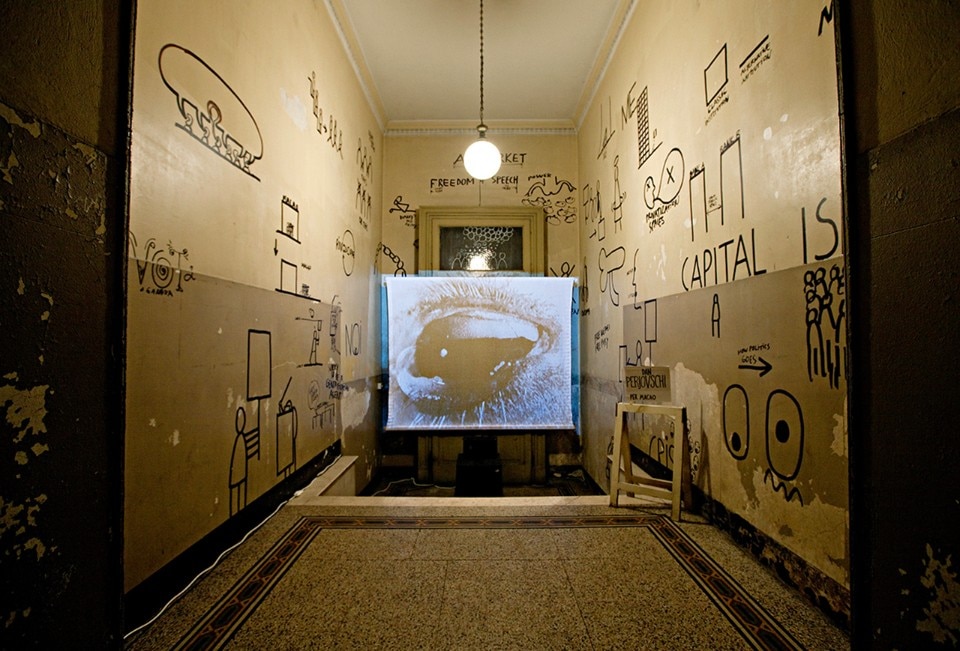
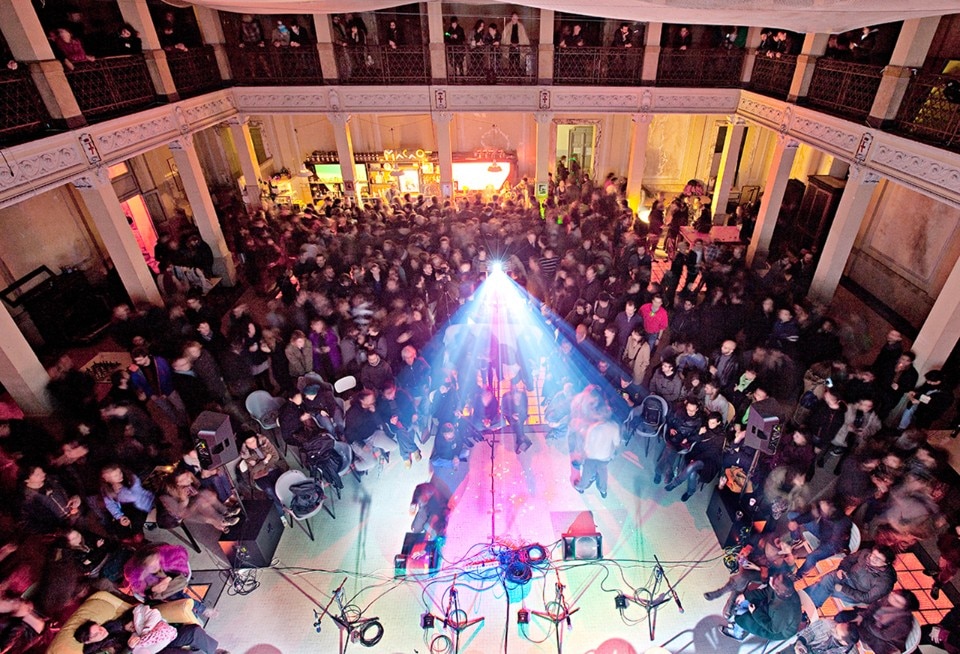
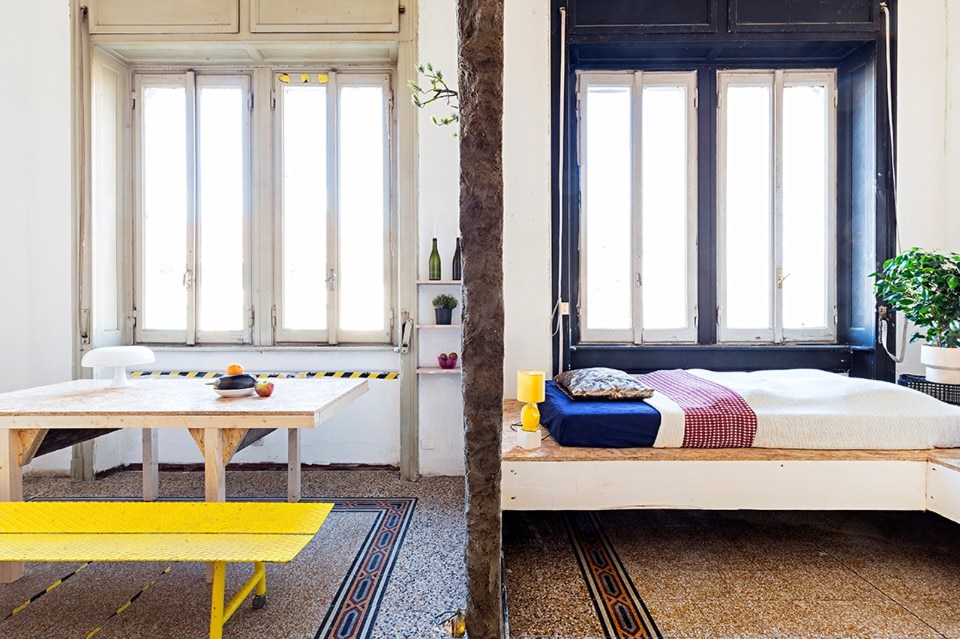
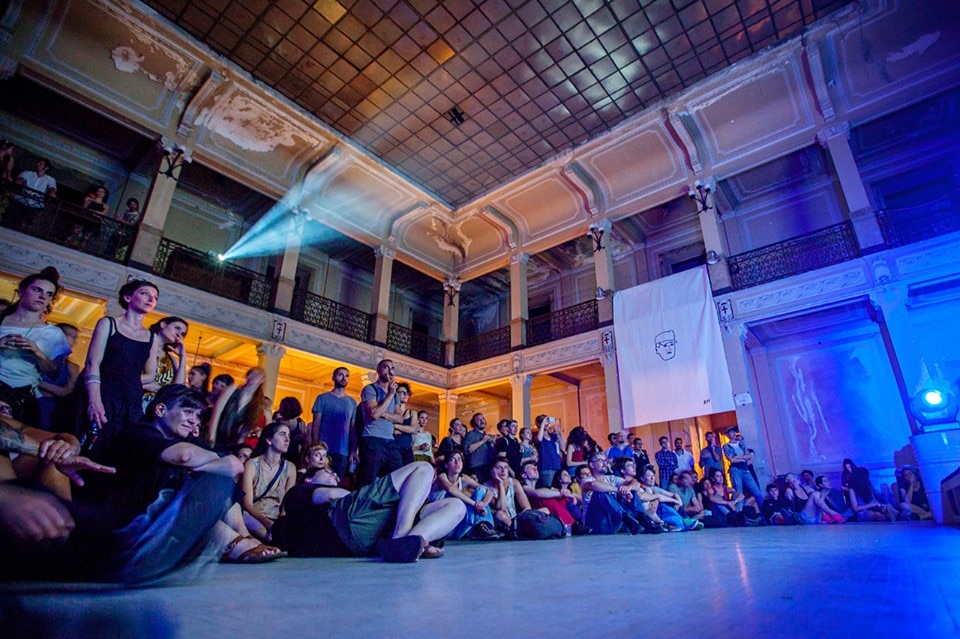
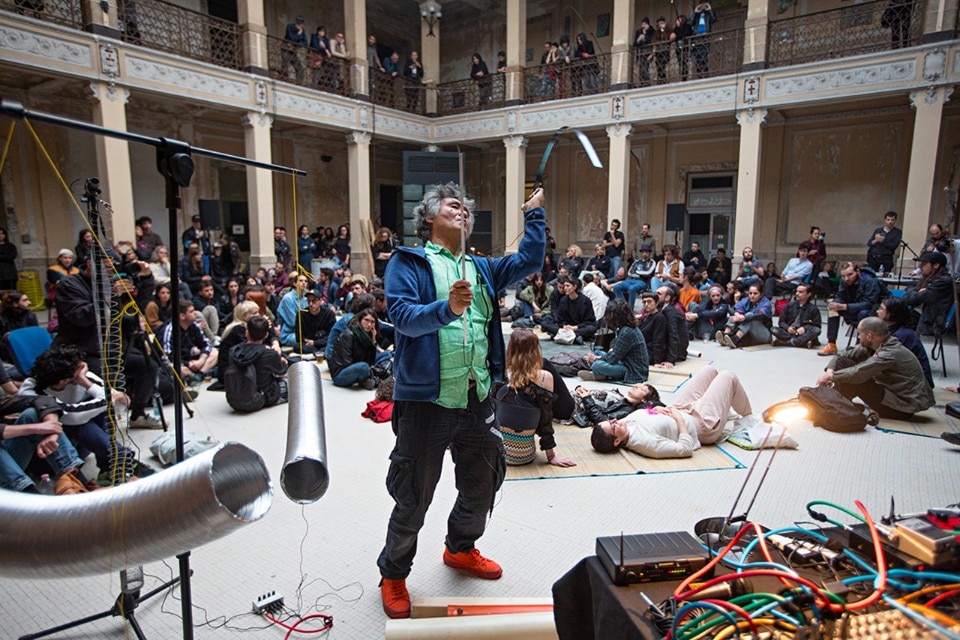
The project presented affirms that for abandoned landscapes architecture alone isn’t enough. The study of spaces must necessarily be part of a broader project that goes well beyond mere maintenance to ultimately embrace a permanent worksite. Just as a gardener’s job is constant, so, too, is the work of those who inhabit a building. Macao’s experience teaches us how to take care of abandoned buildings.
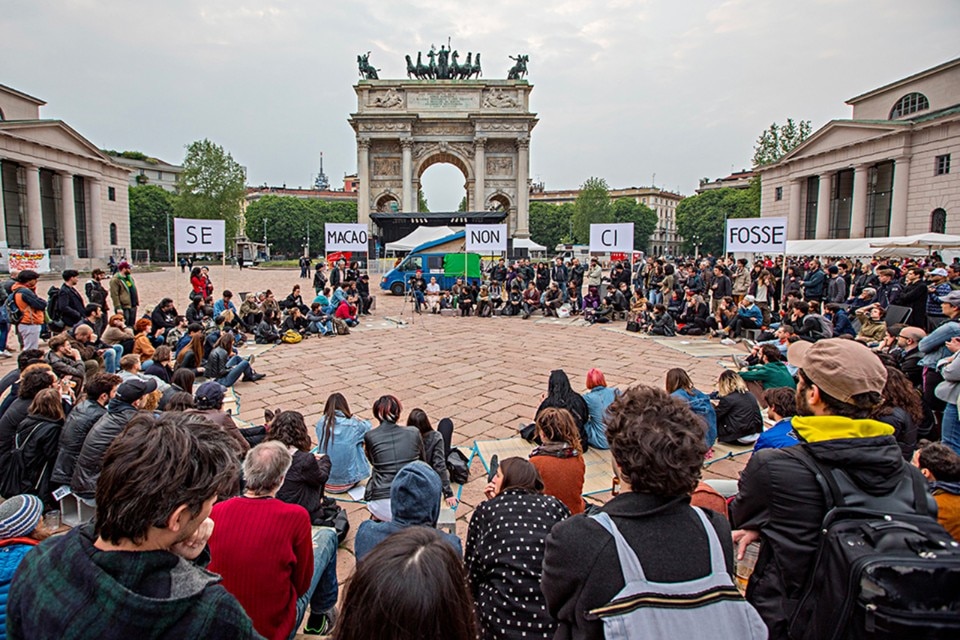
- Project:
- Macao – Nuovo Centro per le Arti, la Cultura e la Ricerca
- Location:
- Milan
- Program:
- cultural centre
- Curated by:
- activists of Macao
- Architect:
- Archimacao – Azzurra Muzzonigro, Marco Brega, Graziano Palamara, Paolo Osti
- Economic plan:
- Caterina Laurenzi, Marco Minicucci, Arianna Campanile, Giacomo Zani
- Structural engineering:
- Lorenzo Jurina
- Installations:
- Alessio Mirabella, Luciano Parisi
- Safe and security coordinator:
- Roberto Beretta
- New Cultural Institutions, Politecnico di Milano:
- Azzurra Muzzonigro with Marco Minicucci, Caterina Laurenzi, Arianna Campanile, Paolo Osti

Tomorrow's energy comes from today's ideas
Enel extends the date to join the international “WinDesign” contest to August 30, 2025. A unique opportunity to imagine the new design of wind turbines.
- Sponsored content


